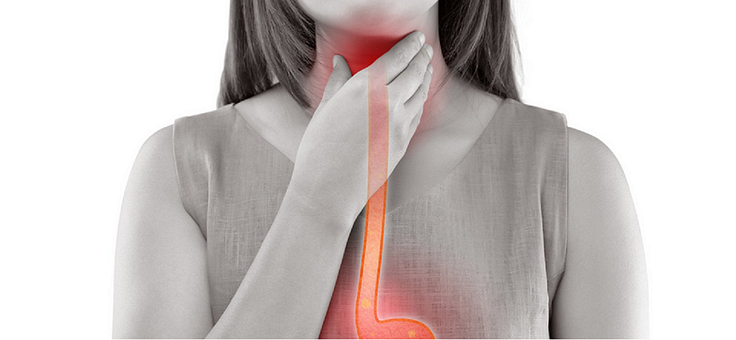When you feel discomfort in your mouth, it may be due to two common conditions: cold sores or canker sores. But while they are similar, how can you tell them apart?
Many people get confused with cold and canker sores, but they differ in causes and symptoms. Understanding the differences allows you to determine how to relieve and treat them.
We put together this guide to help you identify the contrasts between cold sore vs. canker sore. Let’s get started!
Their Causes
A cold sore and a canker sore appear similar, but they have more differences than it looks. One vital difference is their causes and definition. These are as follows.
What Is a Cold Sore?
Cold sores come from an infection and are also known as fever blisters or oral herpes. Unlike its counterpart, it’s contracted at younger ages from nonsexual contact with saliva.
The herpes simplex virus is very contagious, even more with cold sores. So, it’s crucial to watch out for its symptoms.
What Is a Canker Sore?
A canker sore can be an unpleasant experience, but it’s not contagious and more common. Several factors may be responsible for it, usually mouth injuries or vitamin deficits.
Cold Sore Guide: Symptoms and Treatment

There are cases where infected people never show any symptoms. But if you do, here’s what you may be experiencing the following.
- burning sensations in the mouth
- formation of painful sores in the lips, gums, tongue, or throat
- pain when swallowing or sore throat
- swollen lymph nodes
- fever
- headache or nausea
- aches and pains
A quick three-step pattern to watch out for before a cold sore breakout is
- Feeling burning, itching, or stinging in or around the mouth.
- Development of fluid-filled blisters where the sensations are.
- Blisters break, ooze, and crust within 48 hours of the initial sensations.
The virus can stay in the body and come back when it gets triggered by some conditions. These include colds, fever or flu, sun exposure, stress, and facial trauma.
Doctors prescribe different antiviral medications depending on their severity. Some may even need pain relief medication.
You can also apply lip balm with SPF on your lips to keep them from worsening.
Canker Sore Guide: Symptoms and Treatment
A canker sore usually only forms inside the mouth. You will notice it in your gums, inner cheeks or lips, tongue, and soft palate or mouth roof.
An evident symptom of having it is a burning or tingling feeling in your mouth before the sores appear. It usually doesn’t have other symptoms. If you feel anything else, it’s best to see a doctor.
While they can heal without treatment, you can apply cleaning agents and pain relief medication to reduce discomfort.
You can check this article out if you’re looking for bed sore treatment and other similar solutions.
Differentiate a Cold Sore vs. Canker Sore Today!
Knowing the difference between a cold sore vs. canker sore can save you from infecting others. It also helps you find the right ways to relieve and treat each condition.
If this helped, check our blog for more tips and guides!

